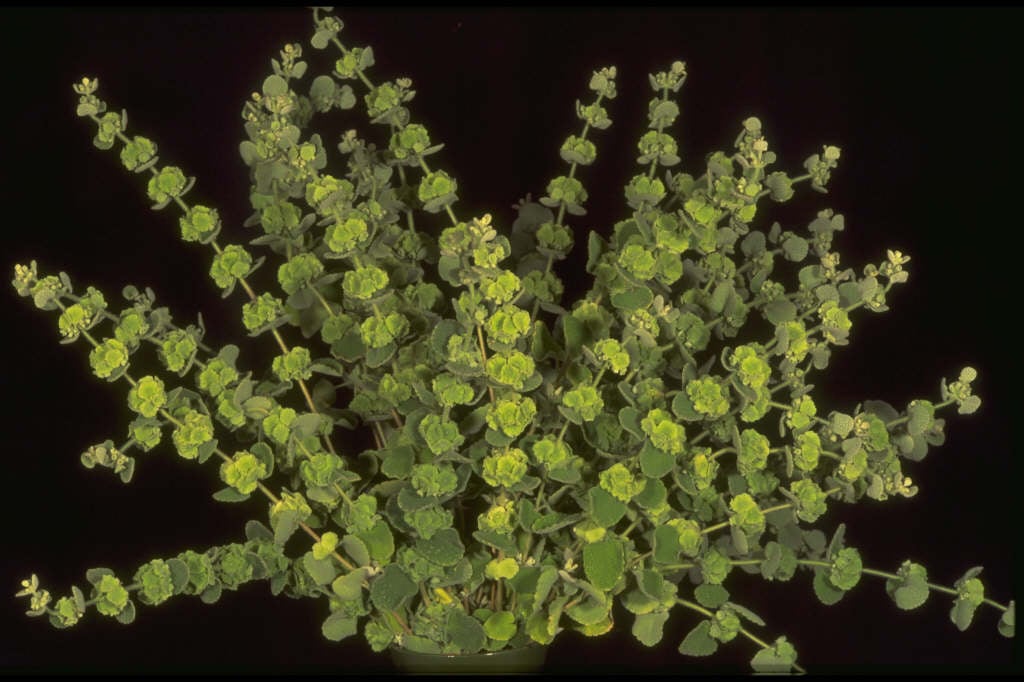Pseudodictamnus acetabulosus
Greek horehound
A bushy evergreen subshrub forming a mat of erect white-felted stems bearing paired, rounded, hairy grey-green leaves. Small pink flowers borne in whorls towards the stem tips in late summer

Buy this plant
Size
Ultimate height
0.1–0.5 metresTime to ultimate height
2–5 yearsUltimate spread
0.5–1 metresGrowing conditions
Moisture
Well–drainedpH
Acid, Alkaline, NeutralColour & scent
| Stem | Flower | Foliage | Fruit | |
| Spring | Green Grey Silver | |||
|---|---|---|---|---|
| Summer | Pink | Green Grey Silver | ||
| Autumn | Green Grey Silver | |||
| Winter | Green Grey Silver |
Position
- Full sun
Aspect
South–facing or East–facing
Exposure
Exposed or ShelteredDrought resistance
Yes Hardiness
H4Botanical details
- Family
- Lamiaceae
- Native to GB / Ireland
- No
- Foliage
- Evergreen
- Habit
- Bushy
- Genus
A species of evergreen, low-growing, mound-forming drought-loving woody-based flowering perennial within the mint family with velvety, upright yellowish grey-green foliage and whorls of small pink to white flowers in summer.
- Name status
Correct
- Plant range
- Greece, Turkey
How to grow
Cultivation
Grow in poor, dry, well-drained soil in full sun or use as a drought-tolerant plant for a raised bed
Propagation
Propagate by rooting softwood cuttings in late spring or early summer or propagate by semi-hardwood cuttings in early summer
Suggested planting locations and garden types
- Gravel garden
- Mediterranean climate plants
- City and courtyard gardens
- Cottage and informal garden
- Ground cover
- Flower borders and beds
Pruning
Pruning group 10 in mid-spring
Pests
Generally pest-free
Diseases
Generally disease-free
Get involved
The Royal Horticultural Society is the UK’s leading gardening charity. We aim to enrich everyone’s life through plants, and make the UK a greener and more beautiful place.